Blog Posts
Share information about your brand with your customers. Describe a product, make announcements, or welcome customers to your store.
talkingfashion
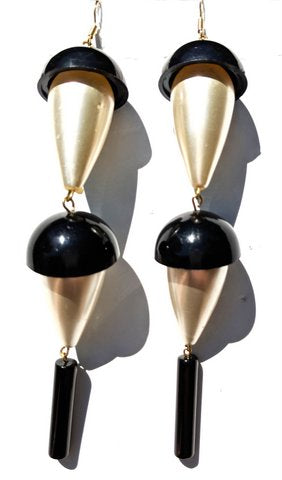
Color and Fashion: Black and White
Color and Fashion: Black and White By Paige McKirahan As a true classic color combination, black and white has been at the head of major fashion movements whether they...
Color and Fashion: Black and White
Color and Fashion: Black and White By Paige McKirahan As a true classic color combination, black and white has been at the head of major fashion movements whether they...
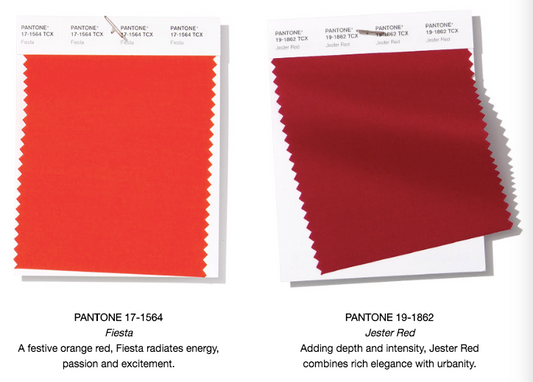
Color and Fashion: Pantone Colors
Color and Fashion: Pantone Colors By Paige McKirahan As the leaves outside are beginning to change, we here at TalkingFashion are feeling chromatic and decided that there is no...
Color and Fashion: Pantone Colors
Color and Fashion: Pantone Colors By Paige McKirahan As the leaves outside are beginning to change, we here at TalkingFashion are feeling chromatic and decided that there is no...
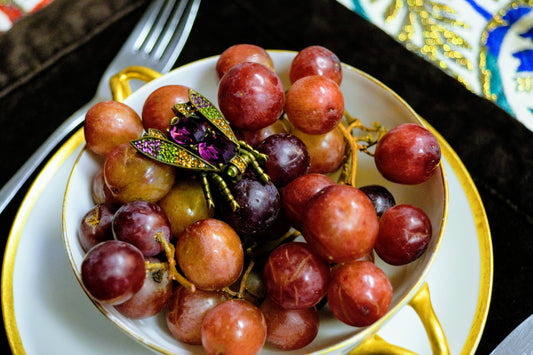
Creeping Into the World of Jewelry: The History...
Creeping Into the World of Jewelry: The History of Insect Motifs By Paige McKirahan Over time, we have observed designers and innovators create pieces of art and fashion that reflect...
Creeping Into the World of Jewelry: The History...
Creeping Into the World of Jewelry: The History of Insect Motifs By Paige McKirahan Over time, we have observed designers and innovators create pieces of art and fashion that reflect...
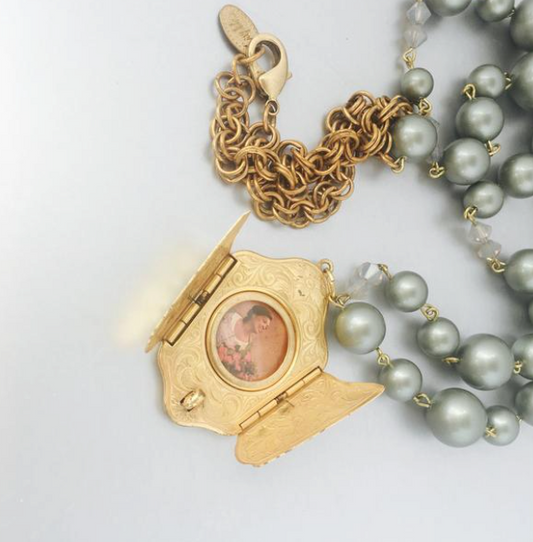
Fashion Flashback: Lockets
Fashion Flashback: Lockets by Morgan Watkins An item of sentiment and utility, the locket is truly a dazzling antique to behold. With such a rich history and wide array of...
Fashion Flashback: Lockets
Fashion Flashback: Lockets by Morgan Watkins An item of sentiment and utility, the locket is truly a dazzling antique to behold. With such a rich history and wide array of...
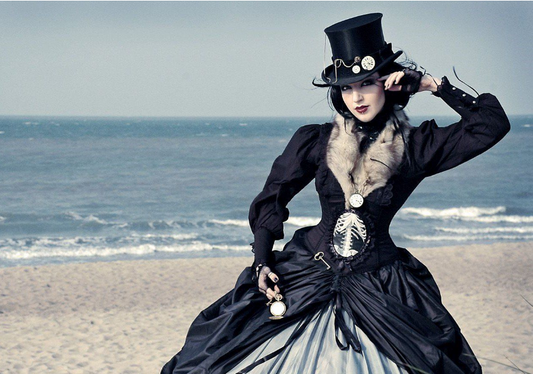
Steampunk Style
Steampunk Style by Morgan Watkins What do you get when you combine various cultures and subcultures like gothics, sci-fi fans, cyberpunks and more? The answer is steampunk, which is defined...
Steampunk Style
Steampunk Style by Morgan Watkins What do you get when you combine various cultures and subcultures like gothics, sci-fi fans, cyberpunks and more? The answer is steampunk, which is defined...
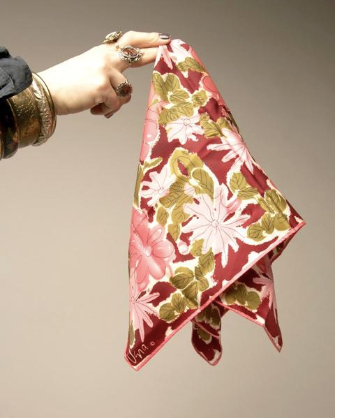
Pioneering the Scarf Industry
Pioneering the Scarf Industry By Paige McKirahan Seeing as how we have already learned the history behind the magnificent accessory, we begun to wonder about the designers who paved the...
Pioneering the Scarf Industry
Pioneering the Scarf Industry By Paige McKirahan Seeing as how we have already learned the history behind the magnificent accessory, we begun to wonder about the designers who paved the...
